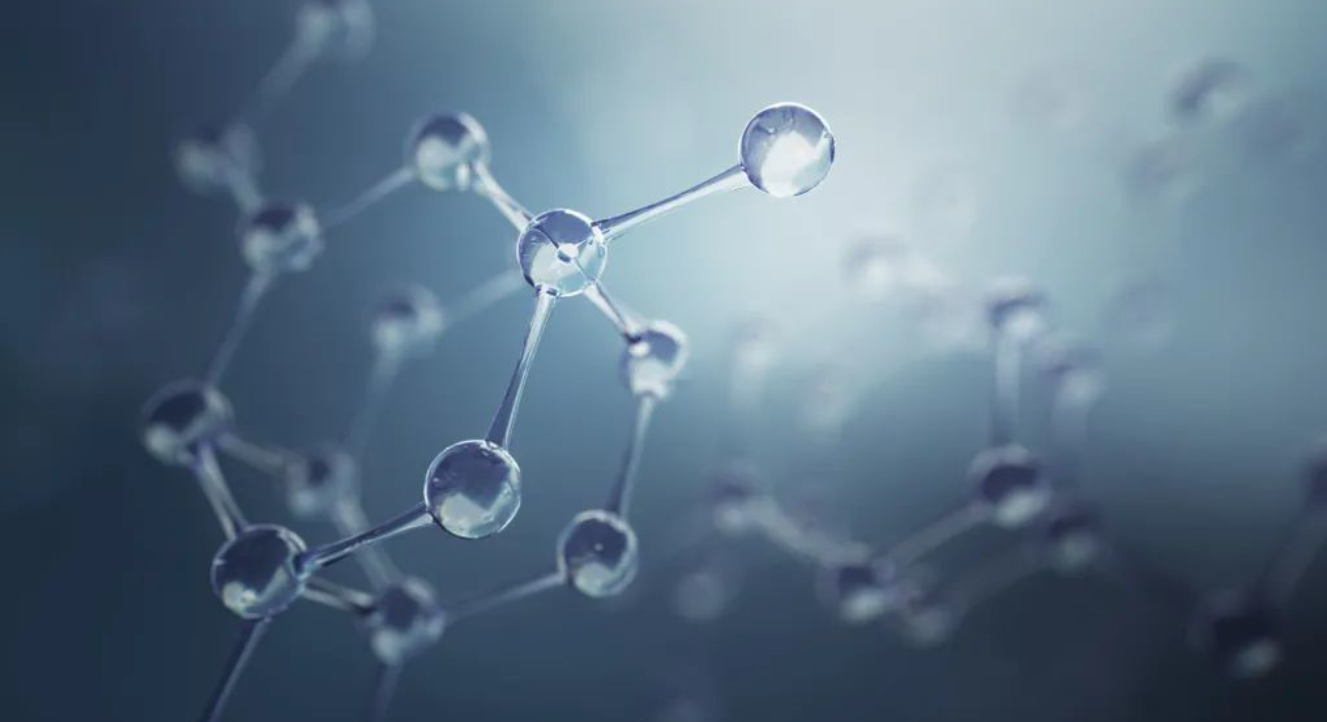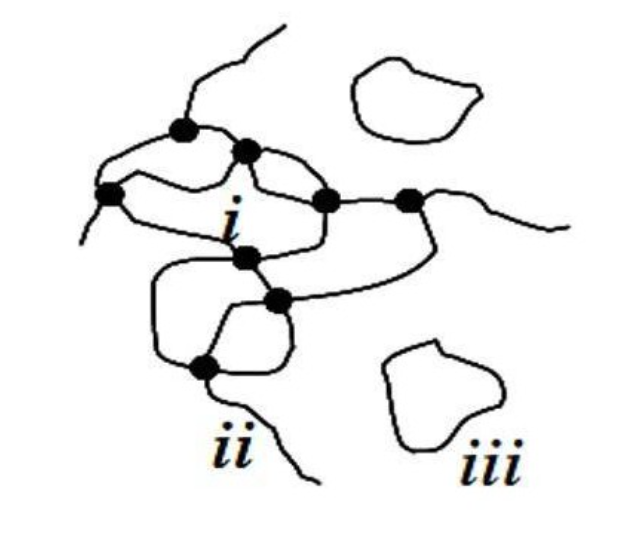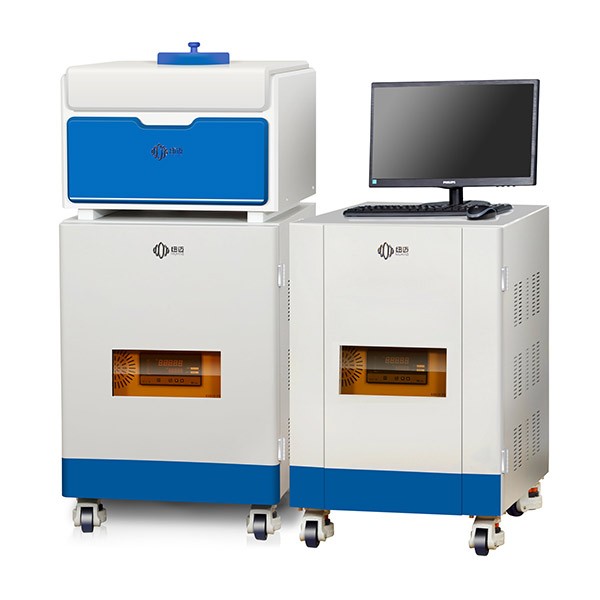Исследование молекулярной динамики методом ЯМР в слабом поле
Молекулярная динамика Предыстория исследования
Высокоэффективные термореактивные полимерные композиты образуют трехмерные сшитые сети за счет межмолекулярных реакций адгезивных молекул., придание материалам превосходных эксплуатационных характеристик, таких как механическая прочность, устойчивость к старению, и износостойкость. Поэтому, изучение структуры микросшивок полимерных материалов может обеспечить более глубокое понимание взаимосвязи между структурой материала и его эксплуатационными характеристиками., направляя дальнейшее улучшение их общих свойств.
Низкопольные магнитно-резонансные устройства имеют широкое применение в области полимерных материалов.. Они в первую очередь определяют плотность сшивки и время релаксации материалов., анализировать и изучать процессы, такие как вулканизация, старение, и модификация, а также изменения при погружении в воду и высыхании, и проводить исследования по кристаллизации материалов и молекулярная динамика. Они служат эффективным средством изучения свойств материалов и контроля качества..
Молекулярная динамика Исследование с помощью низкопольного ЯМР. Основной принцип
Основной мишенью низкопольного ЯМР являются ядра водорода. (1ЧАС) потому что окружающее окружение ядер H на разных участках полимерной цепи неодинаково, что приводит к изменению спиновых магнитных моментов (ядерные спины) ядер H. После применения радиочастотного импульса, спиновая система демонстрирует различное релаксационное поведение в процессе возвращения к тепловому равновесию.. Анализируя различия во временах релаксации, ценный молекулярная динамика информацию о полимерной системе можно получить. Этот молекулярная динамика информация напрямую связана с плотностью сшивок, старение, и наполнители полимерные.
Диполь-дипольное взаимодействие между внутри- а межмолекулярные протоны водорода вызывают поперечную релаксацию в ядерном магнитном резонансе. (ЯМР). Когда температура значительно превышает температуру стеклования полимера., это дипольное взаимодействие в полимерной сетке считается средним термическим молекулярным движением.. Поскольку протоны водорода в полимерных цепях используются в качестве зондов для измерений ЯМР., представлена модифицированная одноцепочечная модель для объяснения поперечной релаксации полимеров.. Эта модель учитывает динамику и взаимодействие протонов водорода внутри одной полимерной цепи..
Молекулярная динамика – Полимерное запутывание
Полимерная перепутанность — одна из важных характеристик высокомолекулярных полимеров., и это определяет многие физические свойства полимера, такие как вязкость и реология. Поэтому, Явление перепутывания полимеров привлекло значительное внимание. По результатам последних исследований, Запутывание полимерных цепей можно разделить на две категории.: топологическая запутанность и связная запутанность. Однако, механизмы перепутывания между цепями еще до конца не изучены.
Качественно, на степень перепутывания в растворе влияют такие факторы, как молекулярная масса полимера., концентрация раствора, и температура. Запутывание напрямую влияет на молекулярное движение полимеров., создание ЯМР-релаксационной визуализации, который является эффективным средством изучения динамики полимеров, также подходит для исследования перепутывания полимеров.
В итоге, запутанность играет решающую роль в определении физических свойств полимеров., и ЯМР-релаксационная визуализация может использоваться для изучения и понимания явлений перепутывания в полимерных системах..
NIUMAG VTMR20-010V-I объединяет различные технологии тестирования времени релаксации и магнитно-резонансной томографии., в сочетании с модулем переменной температуры, он может предоставить широкий спектр решений, который может выполнять неразрушающий быстрый анализ проб, таких как растворы, гели, твердые вещества, частицы.
 заплесневелый
заплесневелый



